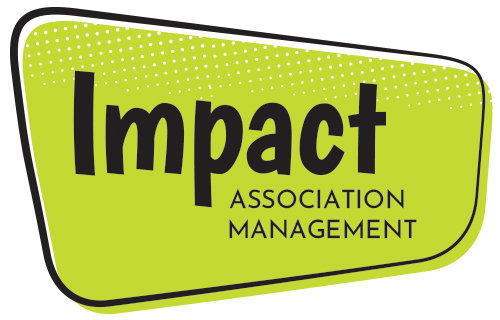Every organization (or at least we hope) has conversations regarding what’s next. What’s next for membership? What will the next conference look like? What can we post on social media next month? These are all important “nexts” but not as important as what is next for leadership. Without succession planning, the other plans may not happen or they may not be what members need. Associations often fail to develop leadership while they still have strong leaders.
Search for the leaders. As a board or committee chair, you know what other members are regularly volunteering and showing interest in the organization. Keep an eye on those members and get a pulse for how involved they would like to become. Having a roster of potential leaders will make the process much easier.
Warm up the new leaders. Find ways for potential or next in line leaders to get a feel for their future role. Whether it is serving on a co-chair of a committee or president-elect, practice makes perfect. This is a time for the current leader to train the volunteer for their role. It allows for questions to be asked before the transition occurs.
Weed out the “bad.” Not to say that someone who is volunteering their time can be bad, but there are most certainly volunteers who are not as passionate or dedicated as they once were. Be able to recognize this when it happens and take action. It is okay to have an honest conversation with the volunteer while recognizing the commitment they have had in the past.
Make it protocol. To make those conversations easier or unnecessary, set term limits. Ensure that your bylaws clearly state how long members should serve on a board or committee. This will allow new talent to continuously flow through the association and eliminate the inevitable burnout.
Succession planning allows for new ideas and new perspectives to be brought to the table. It creates conversations that might have otherwise never been had. You might enjoy your role as a leader, but you can’t do it forever. If you have a passion for the organization, make sure it will have a successful future.





